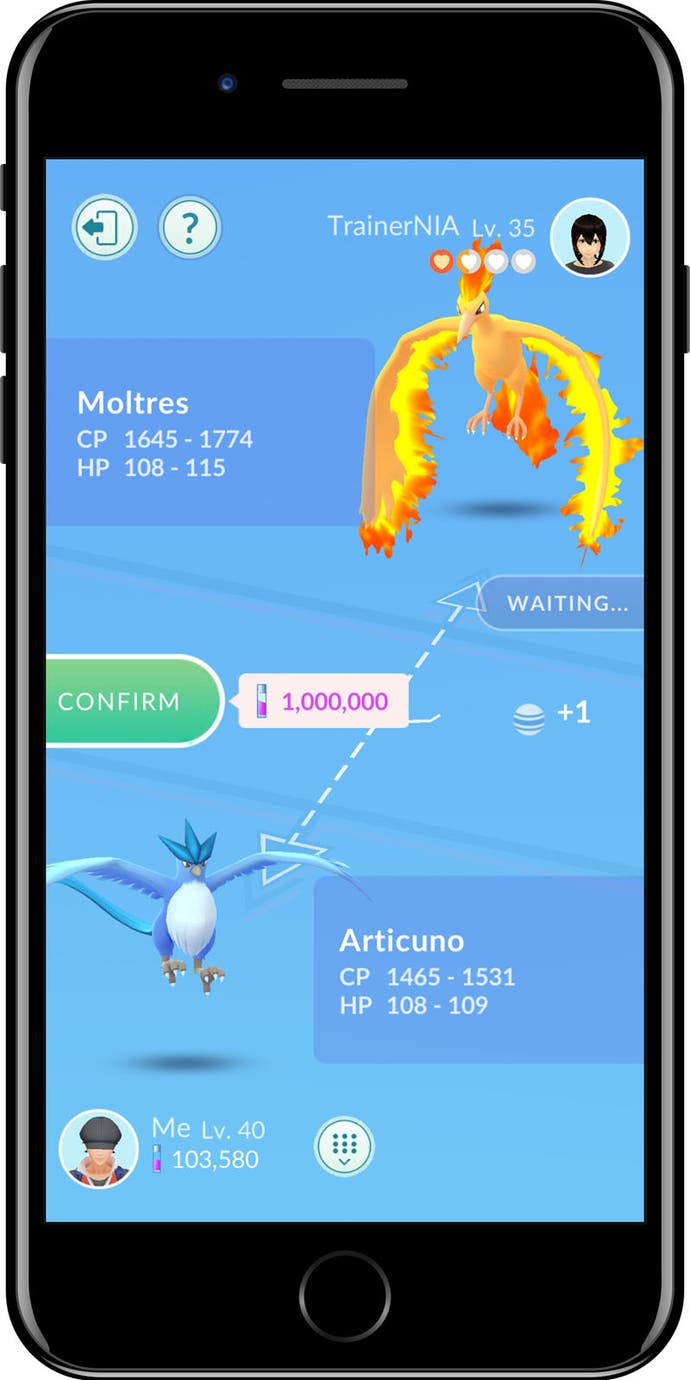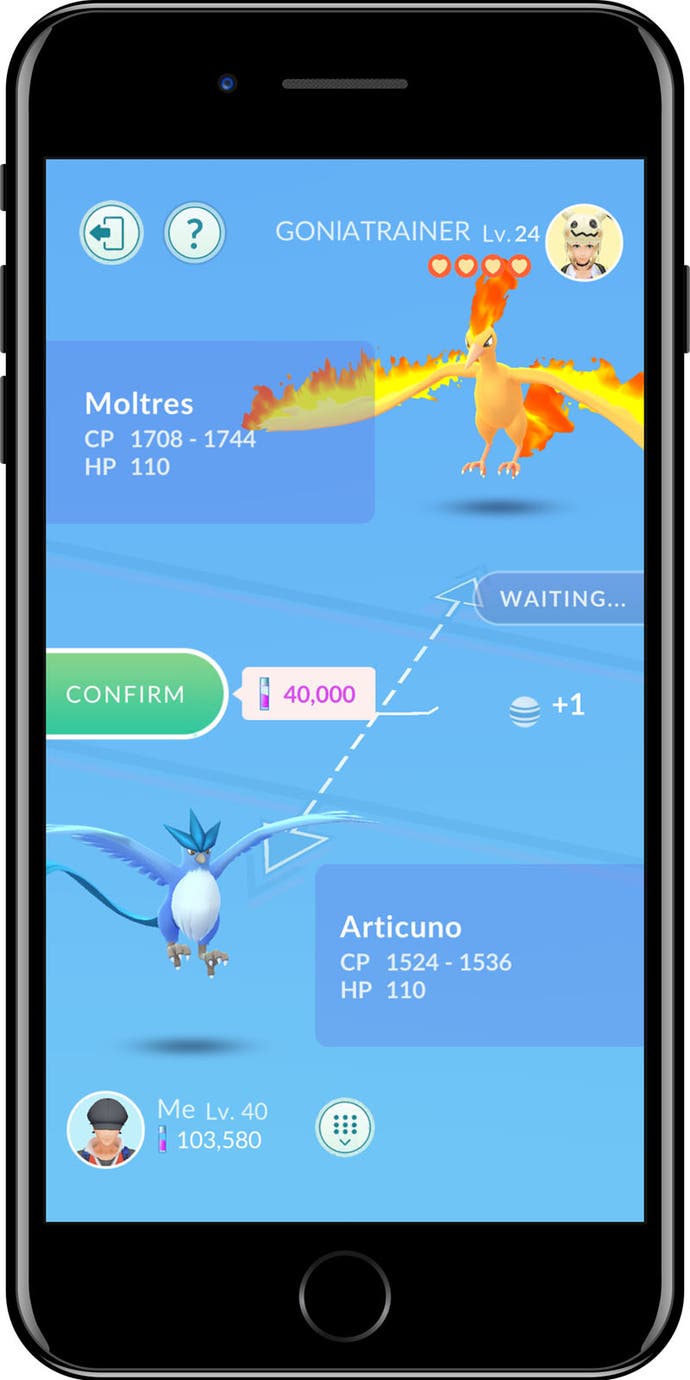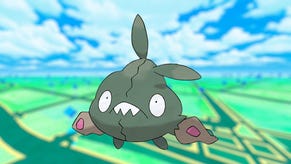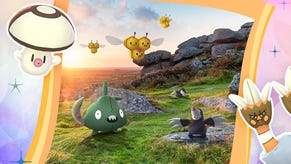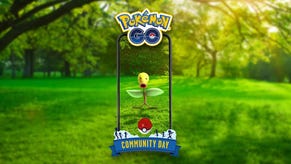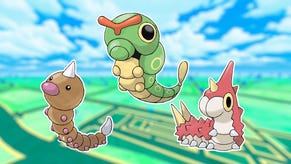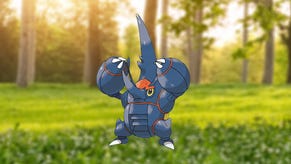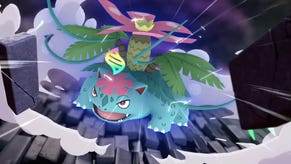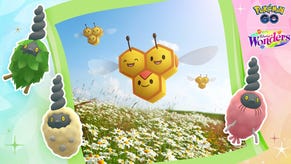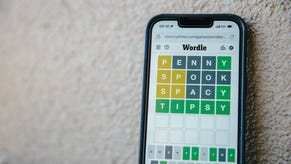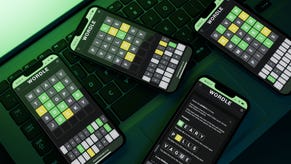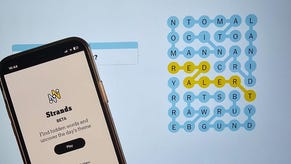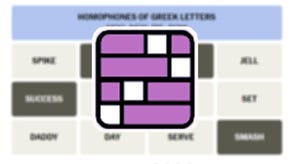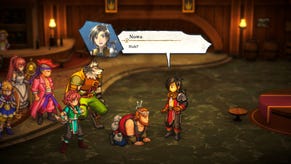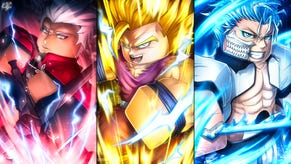Pokémon Go Trading costs, trade evolution list and Special Trade restrictions explained
Everything you need to know about Trading in Pokémon Go.
Pokémon Go Trading is one of the game's most requested features and a cornerstone of Pokémon since the very beginning.
It works a little differently in Pokémon Go than the main games, with some caveats and restrictions on how and what Pokémon transfer from one account to the other, but if you finally want your hands on that elusive Shiny or region exclusive, there's finally a way to do so.
Trading comes alongside a few other useful features worth knowing about - specifically Friends, Gifts and Lucky Pokémon.
On this page:
Trade range increase test in Pokémon Go explained
On November 12th 2020, Niantic announced that, for a short time period, the trade range distance in Pokémon Go would be increased and that, depending on the data they collected during this test, an increased trade range might be included as a bonus in future events.
The trade range distance has been increased to 12km, which means that you can trade with any of your Pokémon Go friends who are within a 12km of your location. This increased range was introduced on Thursday, 12th November.
Thank you to The Silph Road subreddit for figuring out this information.
This increase ran from Thursday, 12th November until Monday, 16th November.
Pokémon Go trade evolution list and how trade evolutions work
Before we get into the specifics of trading itself, let's start with 2020's big new feature - trade evolutions.
In the mainline Pokémon games, there's a set of Pokémon that can only be evolved if they're traded with another player. When Pokémon Go was released, these Pokémon were all evolved through candy, due to the lack of trading.
Now, however, trade evolution has been incorporated into Pokémon Go, offering a different evolution method for a specific group of Pokémon. These Pokémon are:
- Kadabra (evolves into Alakazam)
- Machoke (evolves into Machamp)
- Graveler (evolves into Golem)
- Haunter (evolves into Gengar)
- Boldore (evolves into Gigalith)
- Gurrdurr (evolves into Conkeldurr)
- Karrablast (evolves into Escavalier)
- Shelmet (evolves into Accelgor)
- Phantump (evolves into Trevenant)
- Pumpkaboo (evolves into Gourgeist)
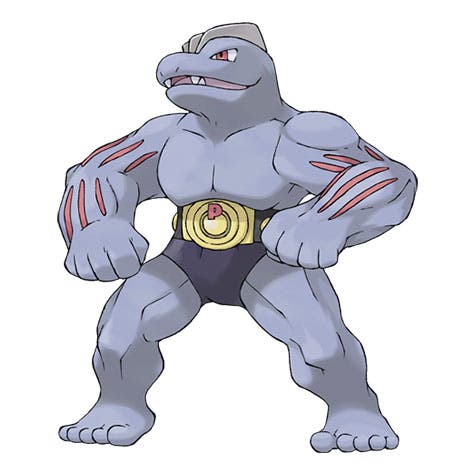
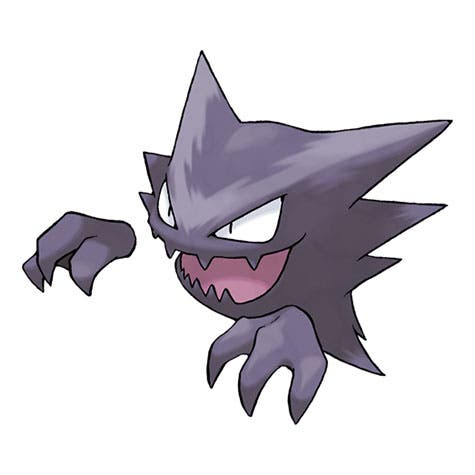

Once you've traded one of the above Pokémon, the candy cost for evolving them into their third and final evolution will be reduced to zero. This will allow you to quickly add this new Pokémon to your Pokédex, while also gaining a powerful new team member.
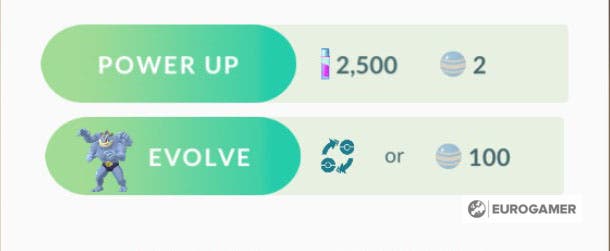
If you don't have any fellow trainers to trade with, however, you'll still be able to evolve these Pokémon with the candy.
It costs 100 candy to evolve Kadabra, Machoke, Graveler and Haunter from Gen 1.
It costs 200 candy to evolve Boldore, Gurrdurr, Karrablast and Shelmet from Gen 5.
It's also important to note that Pokémon that evolve using a combination of items and candy in Pokémon Go don't receive the trade evolution discount. Even though, in the mainline games, a requirement of their evolution is being traded with another player.
How to Trade in Pokémon Go and Trading requirements
Before you can start trading, you need to fulfill the following requirements:
- Be Pokémon Go Friends with the person you are trading with
- Have a Trainer Level of 10 or above
- Be within close physical proximity (around 100m)
From there, go to your Friends feed, and select the Friend you want to Trade with. The option to Trade will be next to 'Send Gift', below the XP bar.
Provided you are within 100m, you can then select a Pokémon to trade, check the Pokémon you'll receive and the Stardust cost before confirming. Then, you trade, with the process taking just a few seconds.
The following also needs to be taken into consideration when it comes to trading:
- Trades will give each player additional Candy, with more Candy rewarded if the two Pokémon were caught far away from another. According to Reddit, this is 1 Candy for below 30km, 2 Candy for 30-100km, 3 Candy for above 100km.
- The HP and CP of each Pokémon will vary once the Trade is completed - it could be higher or lower. The better the Friendship Level, the less variation will be. You'll be able to see this before the trade, and there will be safeguards in place to stop powerful Pokémon going to players with a much lower Trainer level.
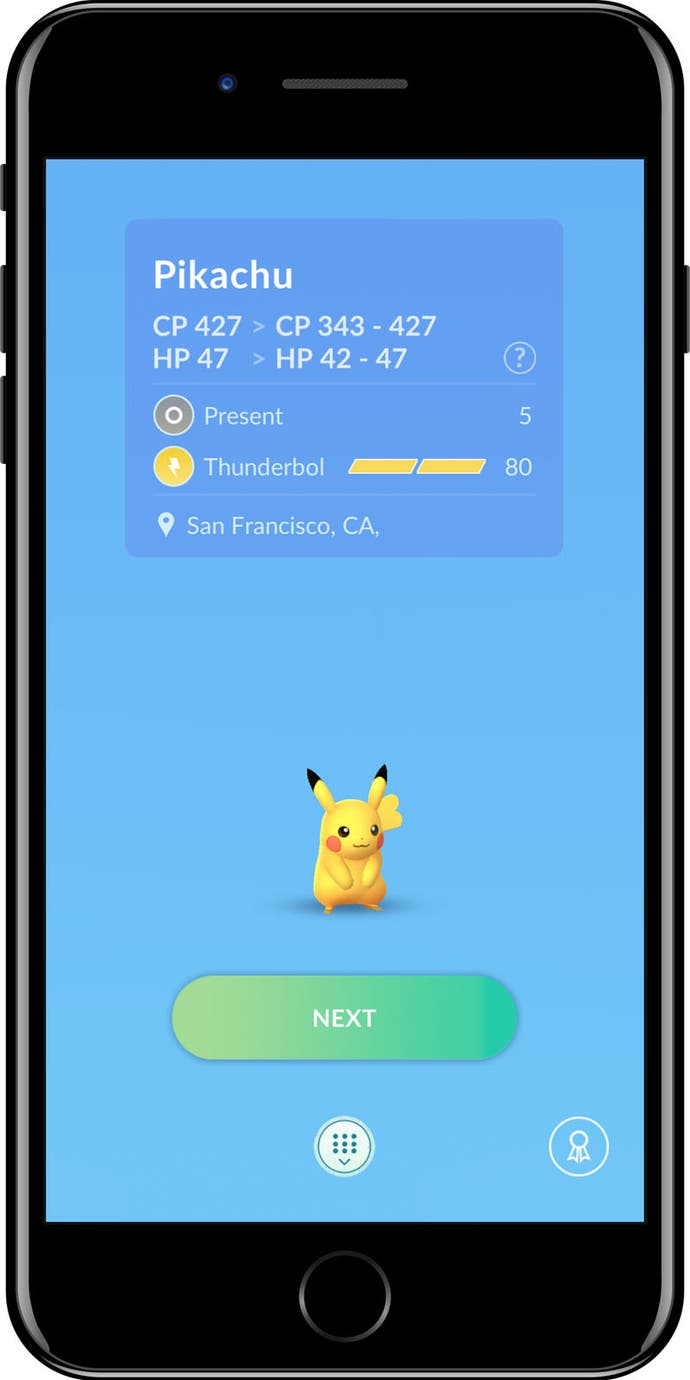

- Pokémon cannot be traded more than once. This is due to the HP and CP changing feature, to stop players "re-rolling a Pokémon's stats through trade" over and over.
- Though HP and CP of a Pokemon when traded changes, other aspects - such as size and moves - do not.
- Mythical creatures - such as Mew - cannot be traded at all.
- Not all trades are equal, with some Pokémon classed as 'Special Trades', dictating the amount of Trades you can do and the Stardust cost - all of which is detailed below.
- It is possible both trading players can receive Lucky Pokémon, which sees a decreased Stardust cost when powering up, as well as guaranteed high stats.
Pokémon Go Special Trades explained
In trading, not all Pokémon are weighted equally. They are classed under two types:
Standard Pokémon Trades:
- Regional exclusives
- Forms you don't have in your Pokédex (think Unown, Alolan and Castform)
- Any other Pokémon not in your Pokédex that isn't Legendary or Shiny
Special Trades:
It should be reiterated that Mythical Pokémon - such as Mew - cannot be traded under any circumstances.
Standard and Special Trade differences
There are two main differences with Standard and Special Trades. For one, you can only do one Special Trade per day, with anyone. This resets at the same time PokéStops and Research quests do (around midnight UK time).
The other is the Stardust cost. This is where things get a little more complicated. If you are trading Legendaries and Shinies you both own, the cost is the same as a Standard Pokémon you don't own, such as a regional or a Unown form. But if one of you don't have a Legendary or Shiny in a trade, then the cost jumps up massively.
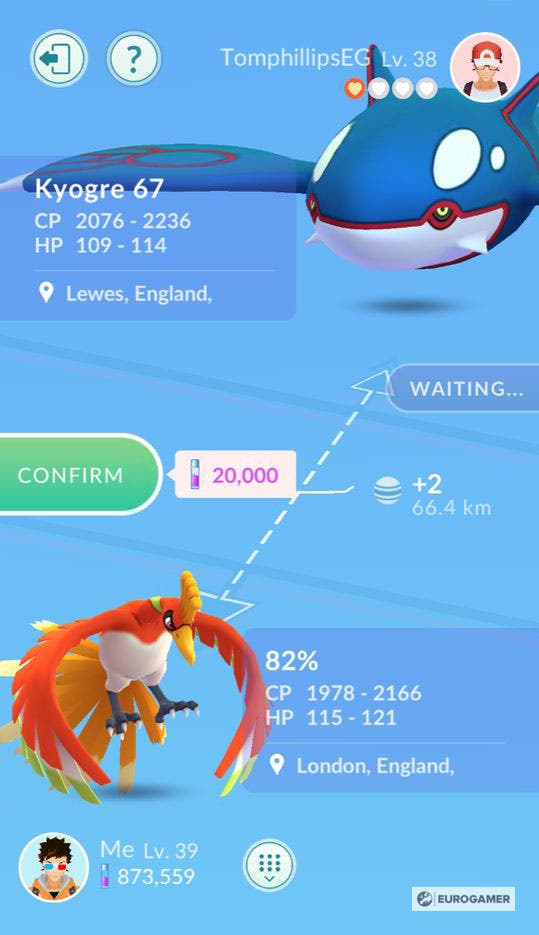

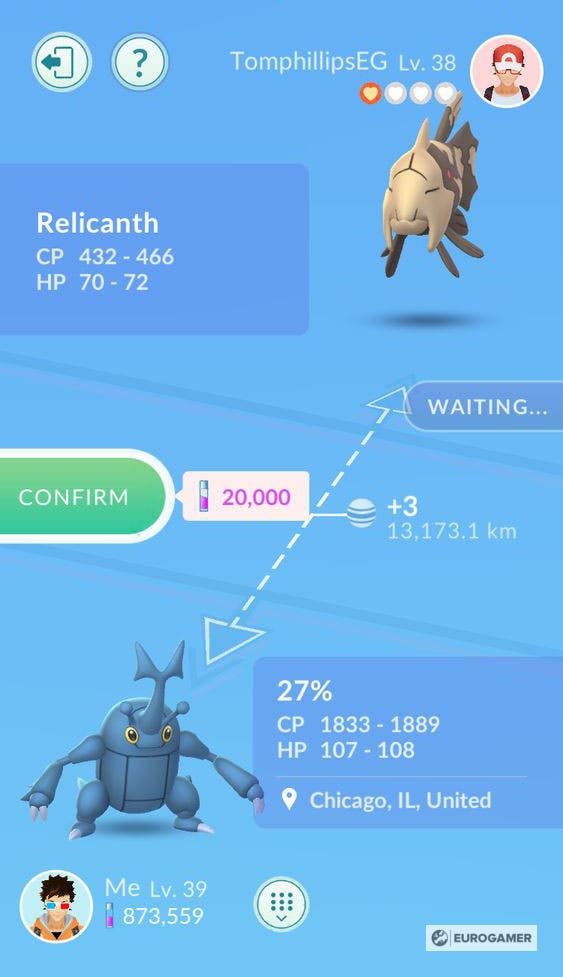
The World of Wonders season has come to Pokémon Go, which has brought Sustainability Week, and the World of Wonders quest. Don't forget to try out Routes, Gift Exchange and Party Play while you're hunting down rare Pokémon, fighting in the Go Battle League or competing in PokéStop Showcases.
Pokémon Go Trading costs list
For each Friendship Level, the amount of Stardust required for a Trade reduces as follows (thanks to AshmedaiHel from Reddit):
| Pokémon | Good Friend (1 Day) | Great Friend (7 Days) | Ultra Friend (30 Days) | Best Friend (90 Days) |
|---|---|---|---|---|
| Standard Pokémon | 100 | 80 | 8 | 4 |
| Shiny or Legendary (Owned) | 20,000 | 16,000 | 1,600 | 800 |
| Shiny or Legendary (Unowned) | 1,000,000 | 800,000 | 80,000 | 40,000 |
It appears the biggest drop comes between Ultra and Best Friend, reducing the Unowned cost of Shiny or Legendaries by a huge amount - 800k to 80k. Though Best Friends see a drop that's half again to 40k, 80k is very reasonable if you can't wait until then.
